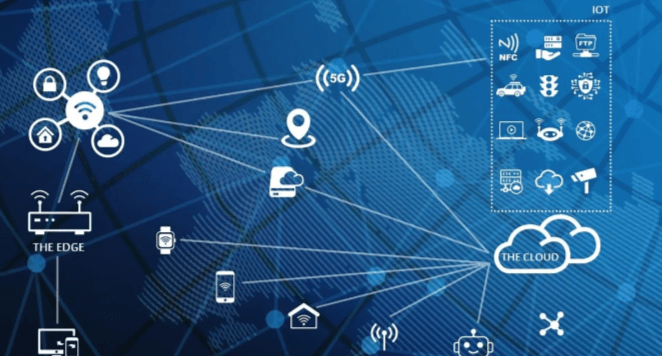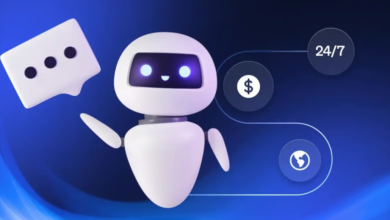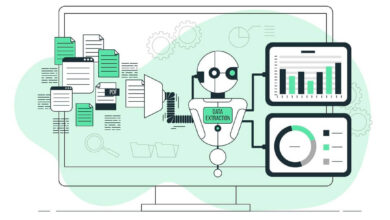How are edge computing and IoT converging to reshape data processing and real-time analytics?

The convergence of edge computing and the Internet of Things (IoT) is a significant evolution in technology that is reshaping how data is processed and analyzed in real time. This article delves into the mechanics of this convergence, its implications for various industries, and the future of digital infrastructure.
Understanding Edge Computing and IoT: A Primer
Edge computing and IoT are pivotal technologies that have begun to intersect increasingly over recent years. Edge computing refers to processing data near the edge of the network, where the data is generated, rather than relying on a central data center. This proximity reduces latency, increases processing speed, and enhances data security. IoT, on the other hand, involves a network of interconnected devices that communicate and exchange data with one another. These devices, ranging from simple sensors to complex machines, generate vast amounts of data that require efficient processing and analysis.
The Synergy of Edge Computing and IoT
The integration of edge computing with IoT devices is a natural progression in the tech world. This synergy allows for the handling of massive data streams produced by IoT devices directly at the source. By processing data locally, systems can dramatically reduce the response times and enhance the efficiency of data handling, which is crucial for applications requiring real-time analysis.
Enhancing Real-Time Analytics with Edge IoT
Real-time analytics is a critical component for many applications, such as autonomous vehicles, industrial automation, and smart cities. Edge computing facilitates these by providing immediate data processing capabilities at the edge. This immediacy allows for quicker decision-making based on real-time data insights, which is essential for the functionality and safety of autonomous systems.
Impact on Various Industries
The convergence of edge computing and IoT is revolutionizing multiple sectors:
- Manufacturing: Enables predictive maintenance and enhanced supply chain management through real-time monitoring and data analysis.
- Healthcare: Improves patient care with real-time data on patient health, thus facilitating immediate medical intervention when necessary.
- Transportation: Increases efficiency and safety in transportation systems, particularly in autonomous driving and fleet management.
- Energy: Optimizes energy distribution and consumption, reducing wastage through immediate data insights and management.
Challenges in Integration
While the benefits are significant, the integration of edge computing and IoT also presents challenges. These include the need for robust security measures, managing the complexity of IoT networks, and ensuring consistent interoperability among various devices and systems.
Future Trends in Edge IoT
The future of edge computing and IoT is likely to be influenced by advancements in AI and machine learning, with smarter edge devices that can make decisions and operate independently. The growth of 5G technology will further enhance these capabilities, enabling faster and more reliable data transmission.
The Role of 5G in Enhancing Edge IoT Capabilities
5G technology plays a crucial role in enhancing the capabilities of edge IoT systems. With its high-speed and low-latency characteristics, 5G enables more efficient data processing and responsiveness, essential for the effective functioning of real-time, data-driven applications.
Optimizing Data Privacy and Security in Edge IoT
As data processing moves closer to the edge, maintaining privacy and security becomes paramount. This section explores the strategies for enhancing data security and ensuring privacy in edge computing environments, focusing on encryption, secure access protocols, and compliance with global data protection regulations.
Conclusion
The convergence of edge computing and IoT is a transformative force in technology, offering significant improvements in data processing and real-time analytics. As these technologies continue to evolve, they promise to unlock new possibilities and efficiencies across various sectors, making an indelible impact on the digital landscape.







